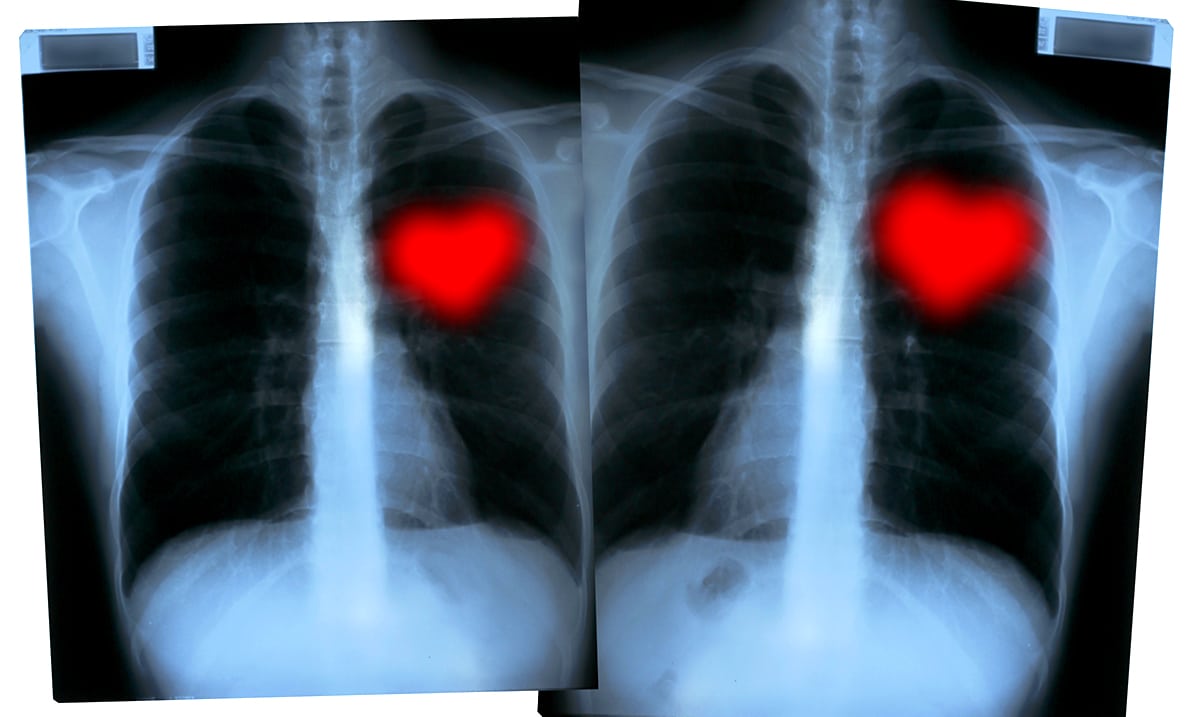While many people would say that a broken heart cannot physically cause you harm, that simply isn’t the case. On the contrary, there is a deadly disease that is known as broken heart syndrome, and during the pandemic, there has been a major surge in broken heart syndrome cases.
One 63-year-old woman named Mary Kay Abramson from Maryland was diagnosed with it just last year. She says, “My heart felt like it was pounding out of my chest. It just felt like the blood just couldn’t get through the heart fast enough.”
Abramson was relatively healthy before her diagnosis. “[My cardiologist] comes up to my head and says, ‘have you been under a lot of stress, because your arteries look fine?'”
She responded, “I’ve been furloughed for three months. COVID is going on. You know, can’t get out and do things. We’re shut down. So yeah, I have been under a lot of stress!”
Broken heart syndrome is also known as Takotsubo cardiomyopathy, and is a dangerous heart disease that is caused by severe emotional and physical stress. Doctors believe that it causes a flood of hormones that end up stunning the heart, which pumps less efficiently.
Symptoms Include:
- Sudden onset of chest pain
- Shortness of breath
- Palpitations: faster heartbeat
- Nausea or vomiting
“Broken heart syndrome is a condition where there is overwhelming stress on the heart, which we know our heart is this amazing muscle,” said Dr. Tracy Stevens, a cardiologist at St. Luke’s Hospital in Missouri.
Another cardiologist, Dr. Paramdeep Baeja believes that the pandemic has led to a surge in cases similar to Abramson. “This pandemic has changed lives in such a deep way for so many. Of course, a big mechanism to deal with stress and grief is to be able to share with other people,” she explains. “With that mechanism being so curtailed in the pandemic, people dealing with stress like this are only having a harder time.”
How It Affects The Body
The American Heart Association refers to broken heart syndrome as a “life-threatening condition,” because it mimics a heart attack. The most notable signs are chest pain and shortness of breath, which make it harder for the heart’s pumping chamber to pump blood in and out of the heart.
“The mechanism of the broken heart syndrome is not definite, but it’s a postulated mechanism, that when someone goes through a big stressor in life, their hormonal activity, their nerve, nerve hormones are, are so ramped up, that they almost cause a toxic injury to the heart,” said Baweja.
Typically, how they diagnose the condition starts with looking at the arteries. Once they notice the arteries are working correctly, they can move forward to look at other factors.
Most often, broken heart syndrome occurs in more women than men, with a ratio of 9 to 1.
Thankfully, most of those who are diagnosed with the condition can recover within days and weeks. Unfortunately, though, it puts them at a higher risk for other heart problems later down the line.

